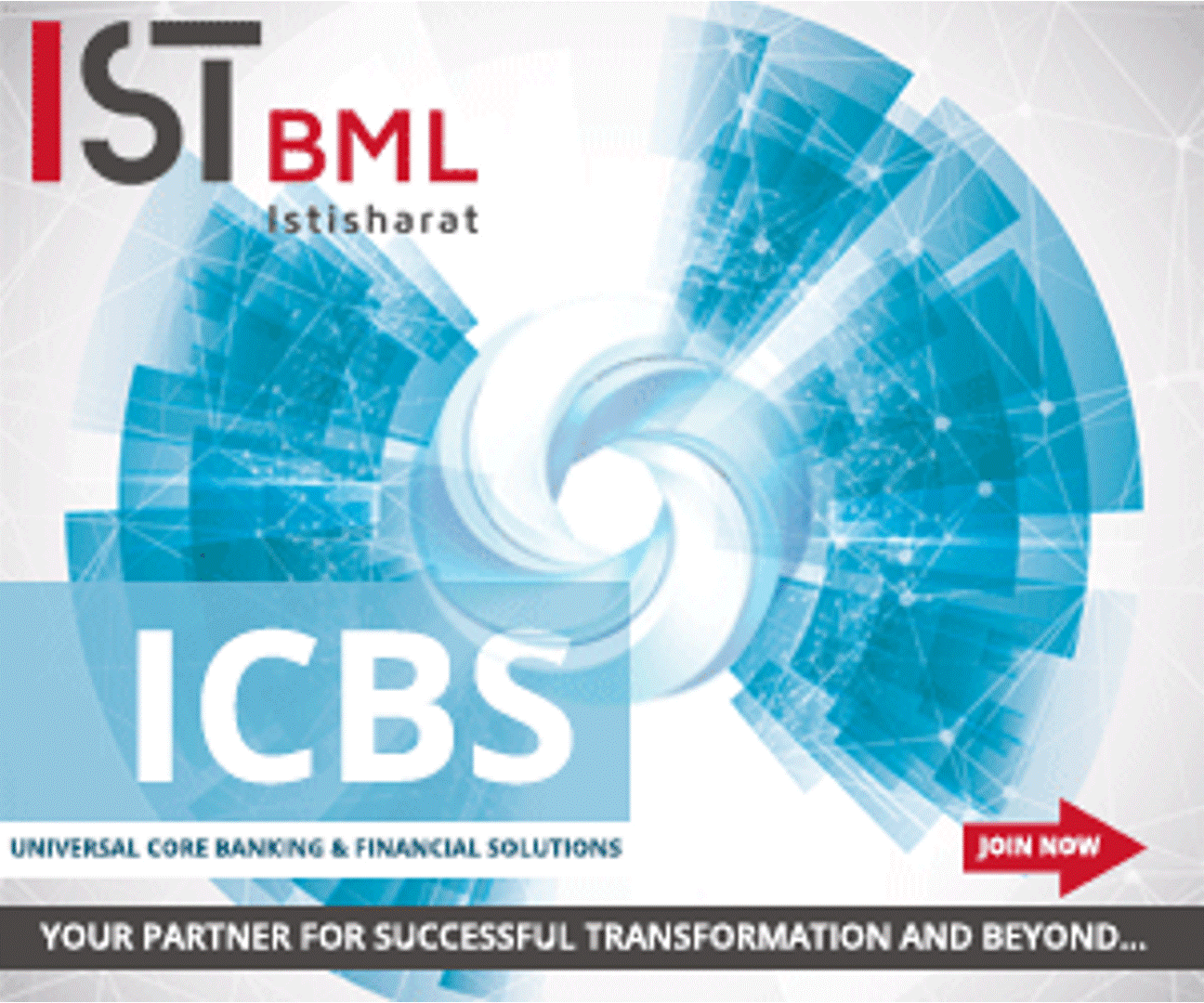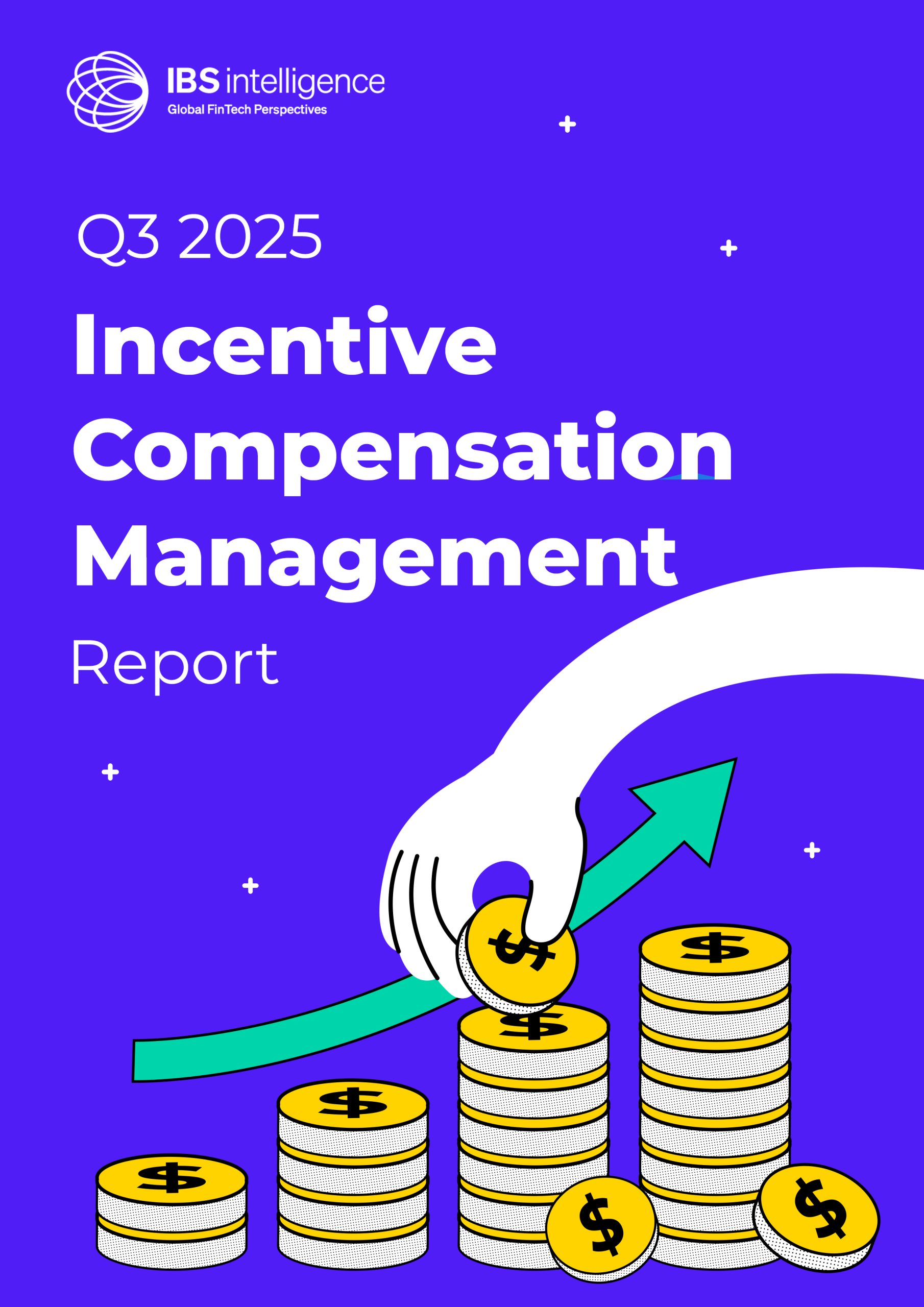 Back
Back
India’s compliance push powers cross-border payment growth, study shows
By Puja Sharma
 A new research report by PayGlocal, “Navigating Compliance in Cross-Border Payments: The Evolving Regulatory Landscape,” highlights how India’s compliance-driven regulatory ecosystem is propelling the country’s emergence as a global trade and payments hub.
A new research report by PayGlocal, “Navigating Compliance in Cross-Border Payments: The Evolving Regulatory Landscape,” highlights how India’s compliance-driven regulatory ecosystem is propelling the country’s emergence as a global trade and payments hub.
Over the past few years, the Reserve Bank of India (RBI) and allied regulatory bodies have built a robust framework that sets global benchmarks for transparency, fund security, and operational integrity. These measures have significantly reduced settlement risks, strengthened auditability, improved traceability, and boosted international confidence in India-led payment systems.
With inward remittances reaching $135.46 billion in FY 2025—the highest in the world—and outward flows rising 17% year-on-year, India’s regulatory discipline has become not just a supervisory safeguard but a strategic enabler of global payments leadership. By embedding governance into scale, India is helping define global standards for secure, efficient, and compliant cross-border transactions.
The report’s comparative analysis across eight global jurisdictions places India among the most progressive, showcasing a balance between regulatory harmonisation and measurable progress in financial inclusion.
Commenting on the findings, Prachi Dharani, CEO of PayGlocal, noted, “India’s cross-border payments landscape is entering a decisive new phase—powered by digital trust, compliance-driven financial innovation, and growing sectoral diversification. This report highlights how resilient regulatory frameworks and payment modernisation are reinforcing India’s global competitiveness. With expanding adoption of secure digital rails, India is steadily positioning itself as one of the world’s most trusted export ecosystems.”
The study also benchmarks India’s progress against leading jurisdictions such as Singapore and Australia, which already facilitate near real-time settlement through PayNow and NPP systems. India’s regulatory architecture is steadily evolving towards similar frictionless, compliant digital payment rails. The RBI’s cautious stance on private stablecoins, coupled with the development of the e-rupee, reflects a calibrated policy approach that safeguards monetary sovereignty while enabling innovation.
Key Findings:
- Export diversification: High-value export categories such as electrical machinery (up 45%), dairy products (up 41%), and fish and crustaceans (up 17%) have surged in early 2025, signalling a shift from commodity exports to value-added sectors.
- Robust services trade: India maintained a $132.5 billion services trade surplus, led by IT, digital, and consulting exports that continue to offset merchandise trade deficits.
- Compliance-driven competitiveness: The Payment Aggregator Cross-Border (PA-CB) framework and IFSCA capital norms are strengthening global confidence through fund segregation, capital adequacy, and transparent settlement practices.
- CBDC adoption: The retail e-rupee crossed 1 million daily transactions by December 2023, with circulation reaching ₹1,016 crore by March 2025, underscoring India’s leadership in digital currency and sovereign control over cross-border payments.
- Regulatory credibility: The RBI’s measured and policy-driven approach to stablecoins reflects its focus on monetary sovereignty and systemic stability, positioning India as a benchmark for compliant digital currency ecosystems.
- Operational efficiency: Settlement timelines now average 2–3 business days, aligning India with global peers and improving exporters’ liquidity cycles.
- Infrastructure readiness: Through regulatory sandboxes and international PSP frameworks, India is emerging as a regional hub for compliant cross-border fintech innovation.
IBSi FinTech Journal

- Most trusted FinTech journal since 1991
- Digital monthly issue
- 60+ pages of research, analysis, interviews, opinions, and rankings
- Global coverage







